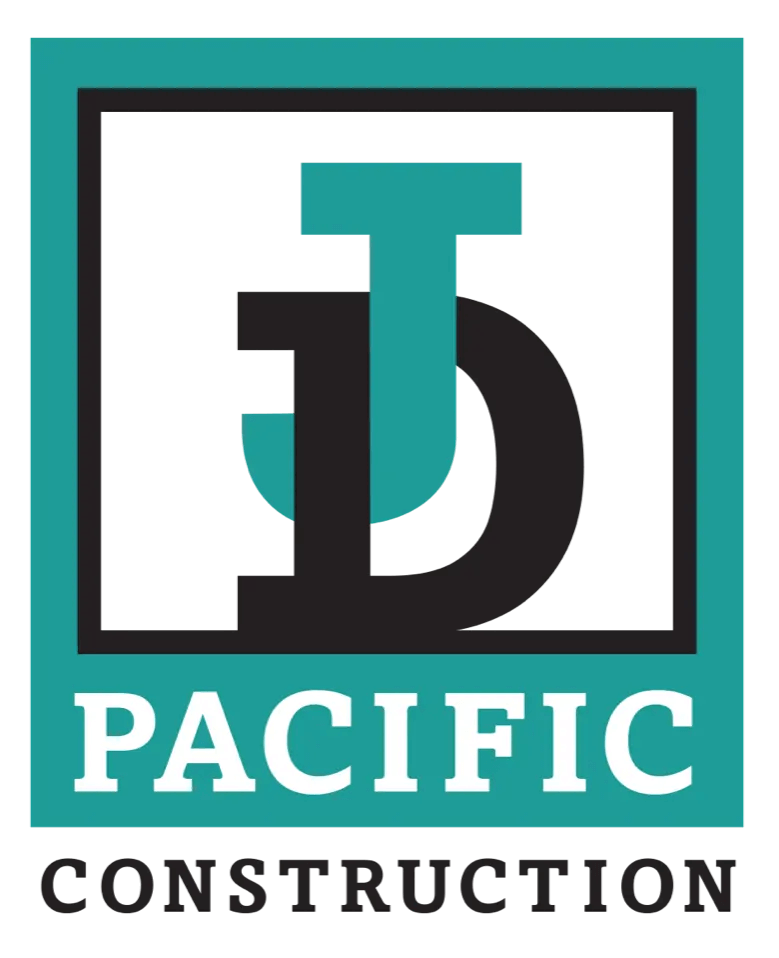The construction industry is on the brink of a technological revolution, with 2025 poised to introduce game-changing innovations. As builders, architects, and developers strive for efficiency, safety, and sustainability, new technologies are helping to reshape construction processes, enhance productivity, and reduce costs.
In this article, we explore the top technology trends in construction for 2025, offering insights into how companies can leverage these advancements to stay competitive and deliver superior projects.
1. Building Information Modeling (BIM) 2.0
1.1 Enhanced Collaboration and Planning
BIM technology has been around for a while, but 2025 introduces BIM 2.0, offering:
- 4D and 5D modeling to include time and cost dimensions.
- Real-time collaboration tools that allow architects, engineers, and contractors to work together seamlessly.
- Predictive analytics to identify potential construction issues before they arise.
1.2 Improved Project Management
With BIM 2.0, construction teams can:
- Visualize every phase of the project, from design to completion.
- Optimize resource allocation and scheduling.
- Enhance safety by simulating site scenarios and training workers in a virtual environment.
The new generation of BIM not only improves efficiency but also reduces project risks and errors.
2. Artificial Intelligence (AI) and Machine Learning
2.1 Streamlining Construction Processes
AI-driven tools are helping construction managers:
- Automate repetitive tasks, such as estimating costs, scheduling, and document management.
- Analyze project data to predict potential delays and optimize timelines.
- Enhance job site safety by monitoring equipment and worker behavior.
2.2 Predictive Maintenance and Quality Control
AI technologies are improving equipment management and construction quality:
- Sensors and IoT devices monitor machinery health, reducing unexpected breakdowns.
- AI-powered cameras detect construction defects in real-time.
- Automated reporting systems provide insights into project performance.
By leveraging AI, construction companies can boost productivity and maintain high standards.
3. Robotics and Automation
3.1 Autonomous Construction Equipment
Robotics are transforming heavy construction tasks:
- Self-driving bulldozers, excavators, and dump trucks improve site efficiency.
- Drones assist with site surveys, inspections, and progress monitoring.
- Robotic bricklayers and 3D printers speed up building processes.
3.2 Enhancing Safety and Precision
Automated systems reduce human error and enhance safety:
- Robots handle dangerous tasks, such as demolition or hazardous material handling.
- Wearable tech tracks worker location, vital signs, and exposure to risks.
- Automation allows for consistent quality and precision in construction.
The integration of robotics helps streamline operations, cut costs, and protect workers.
4. Sustainable Construction Technologies
4.1 Green Building Materials and Practices
Sustainability remains a top priority in 2025, with new technologies promoting:
- Carbon-neutral construction materials, such as hempcrete, green concrete, and recycled steel.
- Energy-efficient designs that reduce the carbon footprint of buildings.
- Waste management technologies, including recycling systems and construction waste tracking software.
4.2 Renewable Energy Integration
Construction projects are incorporating renewable energy technologies:
- Solar panels and photovoltaic glass integrated into building designs.
- Smart grids and energy storage solutions to reduce reliance on non-renewable sources.
- Green roofing systems that support insulation and biodiversity.
These eco-friendly innovations help meet regulatory requirements and appeal to environmentally conscious clients.
5. Augmented Reality (AR) and Virtual Reality (VR)
5.1 Enhancing Design and Visualization
AR and VR technologies are improving project planning:
- Virtual walkthroughs allow clients and stakeholders to experience designs before construction begins.
- AR tools help on-site workers visualize blueprints and identify potential issues.
- VR simulations support training programs and safety drills.
5.2 Boosting Client Engagement
By offering interactive experiences, construction firms can:
- Present design concepts more effectively.
- Receive client feedback early, avoiding costly changes later.
- Demonstrate safety procedures and project timelines in a clear and engaging way.
Immersive technologies improve communication and decision-making throughout the construction process.
6. The Internet of Things (IoT) in Construction
6.1 Smart Construction Sites
IoT devices are revolutionizing construction site management:
- Sensors track equipment usage, material inventory, and site conditions.
- Connected devices provide real-time data to enhance safety and efficiency.
- Automated alerts help manage risks, such as equipment malfunctions or environmental hazards.
6.2 Improving Building Performance
After project completion, IoT technology continues to add value:
- Smart buildings utilize connected systems to optimize energy use, maintenance, and occupant comfort.
- Data analytics help building managers identify inefficiencies and implement solutions quickly.
- Predictive maintenance systems reduce downtime and extend the life of building systems.
IoT integration offers cost savings and improved facility management.
Conclusion
The construction industry in 2025 is embracing technology innovations that enhance efficiency, safety, and sustainability. From AI and robotics to smart building solutions, technology adoption is key to staying competitive and delivering projects on time and within budget.
By keeping up with emerging technologies, construction companies can improve productivity, boost safety, and reduce costs while creating resilient and future-ready structures.
Whether you’re a builder, architect, or project manager, understanding and leveraging these technologies can drive success in an increasingly tech-driven industry.
References HCO




